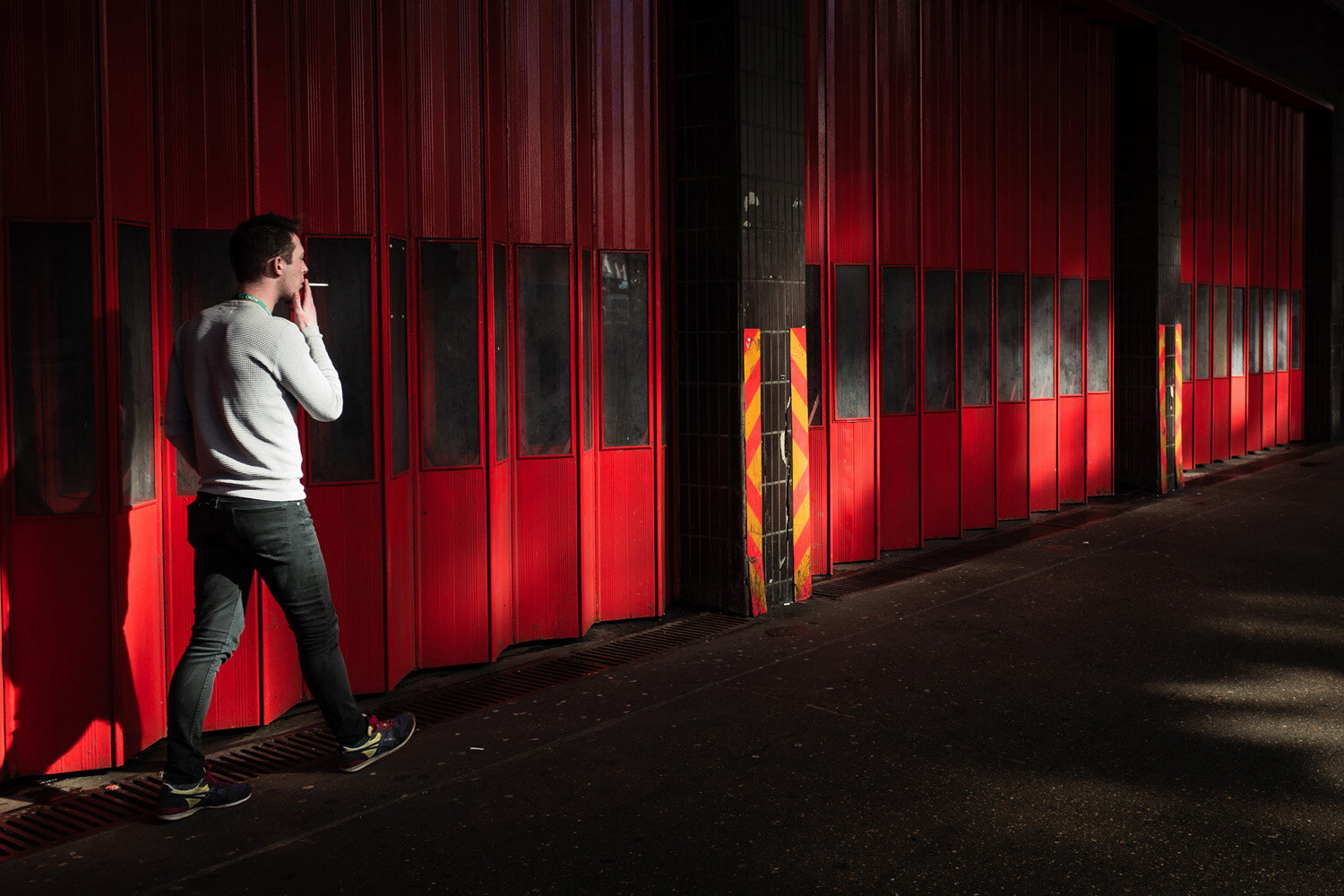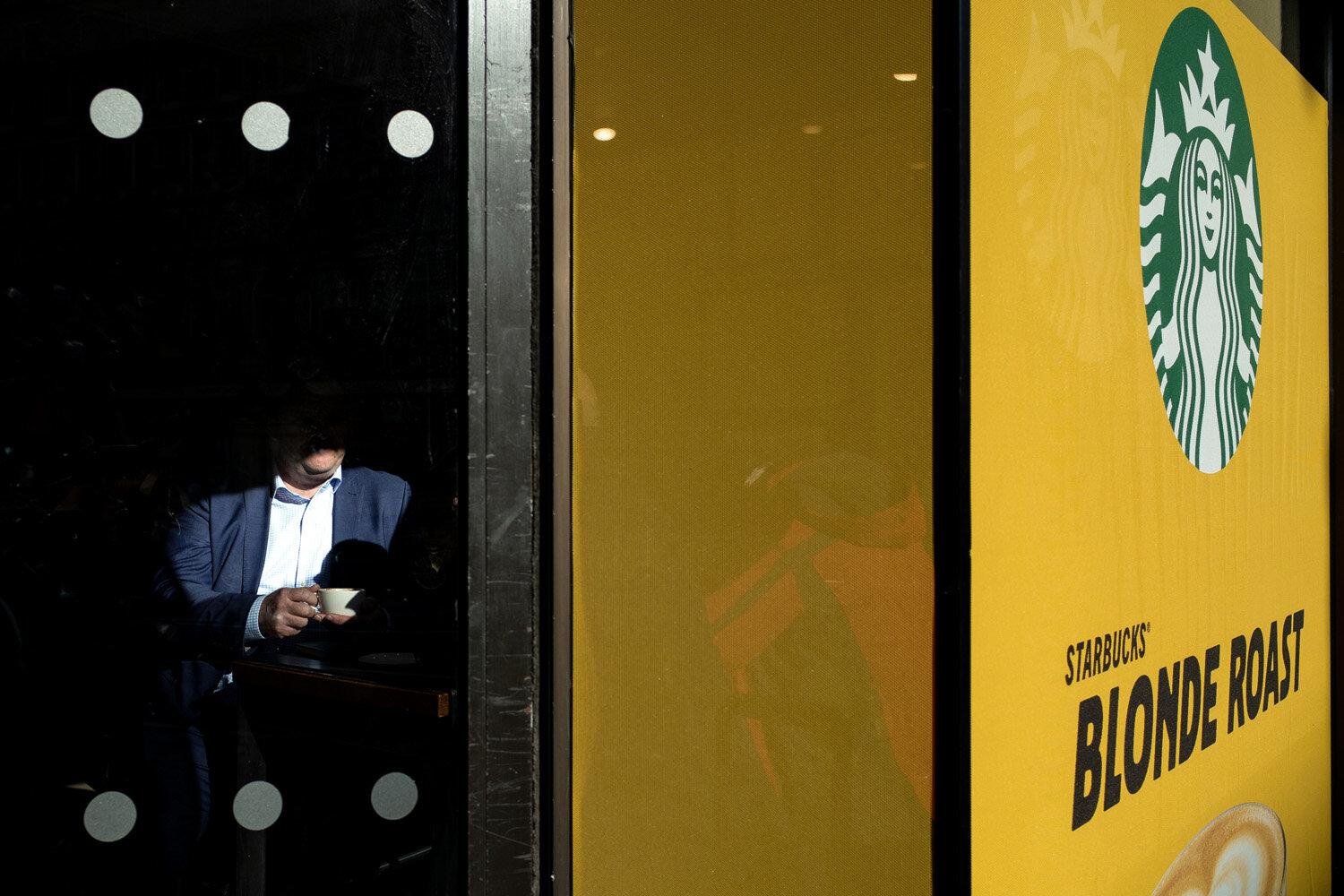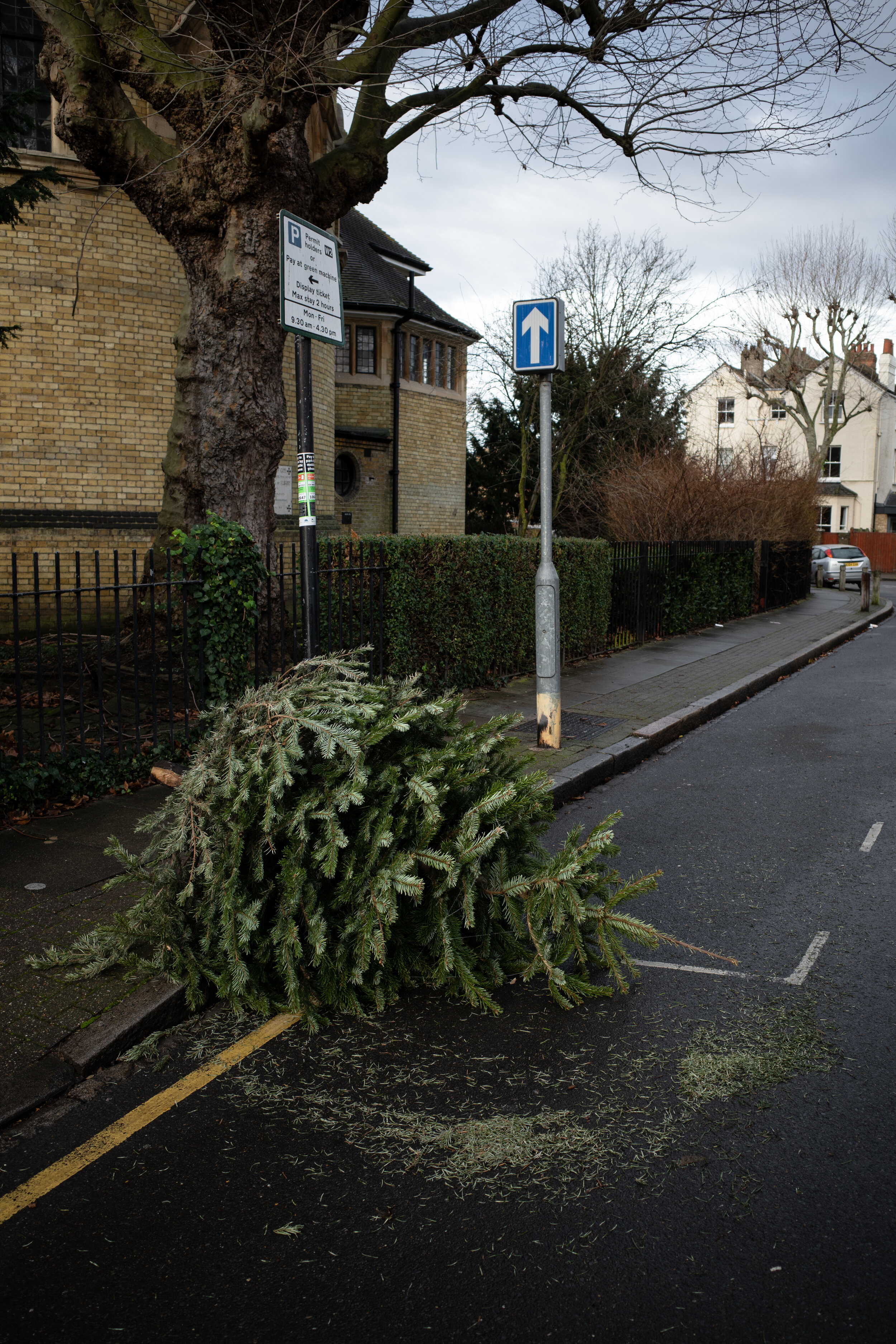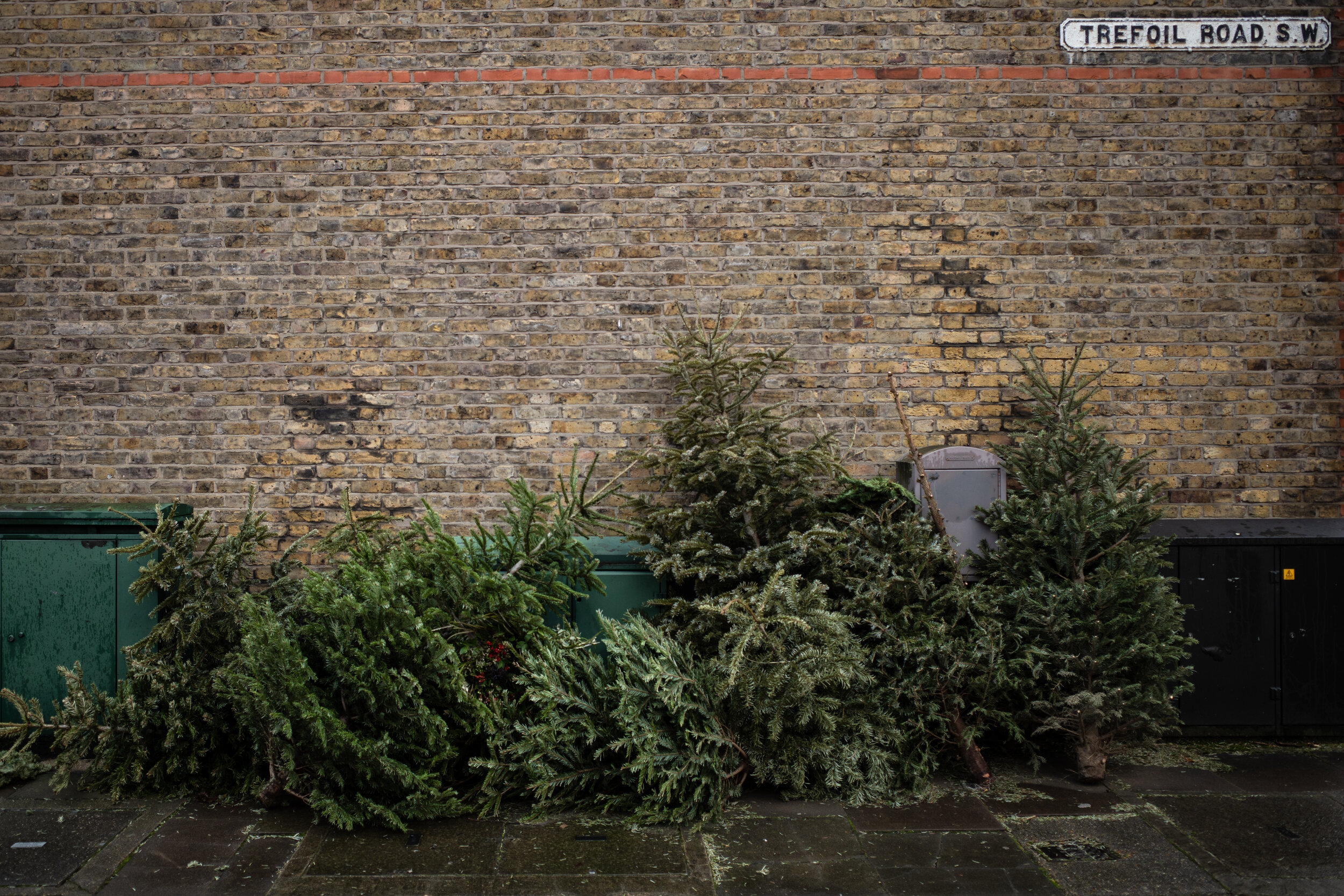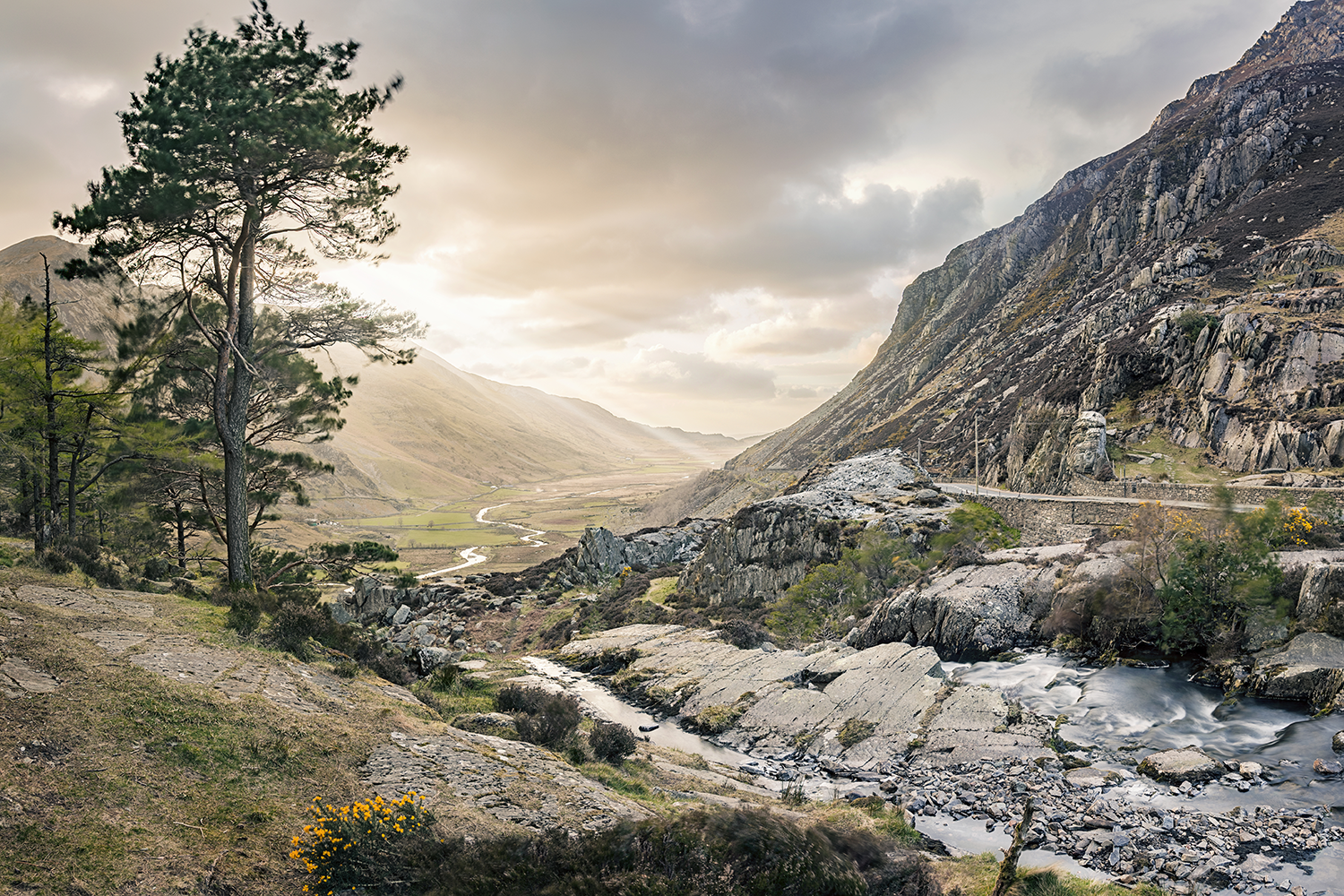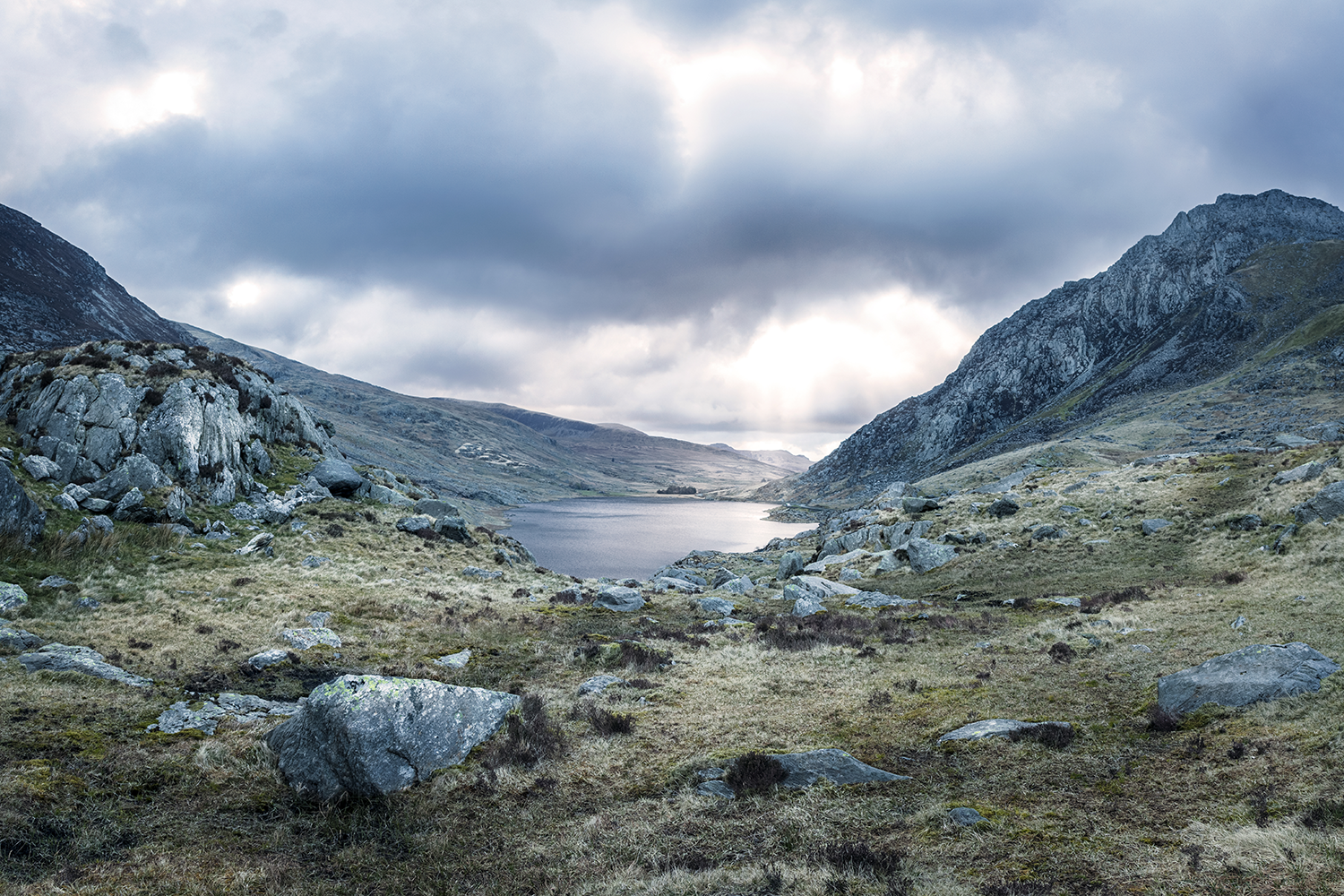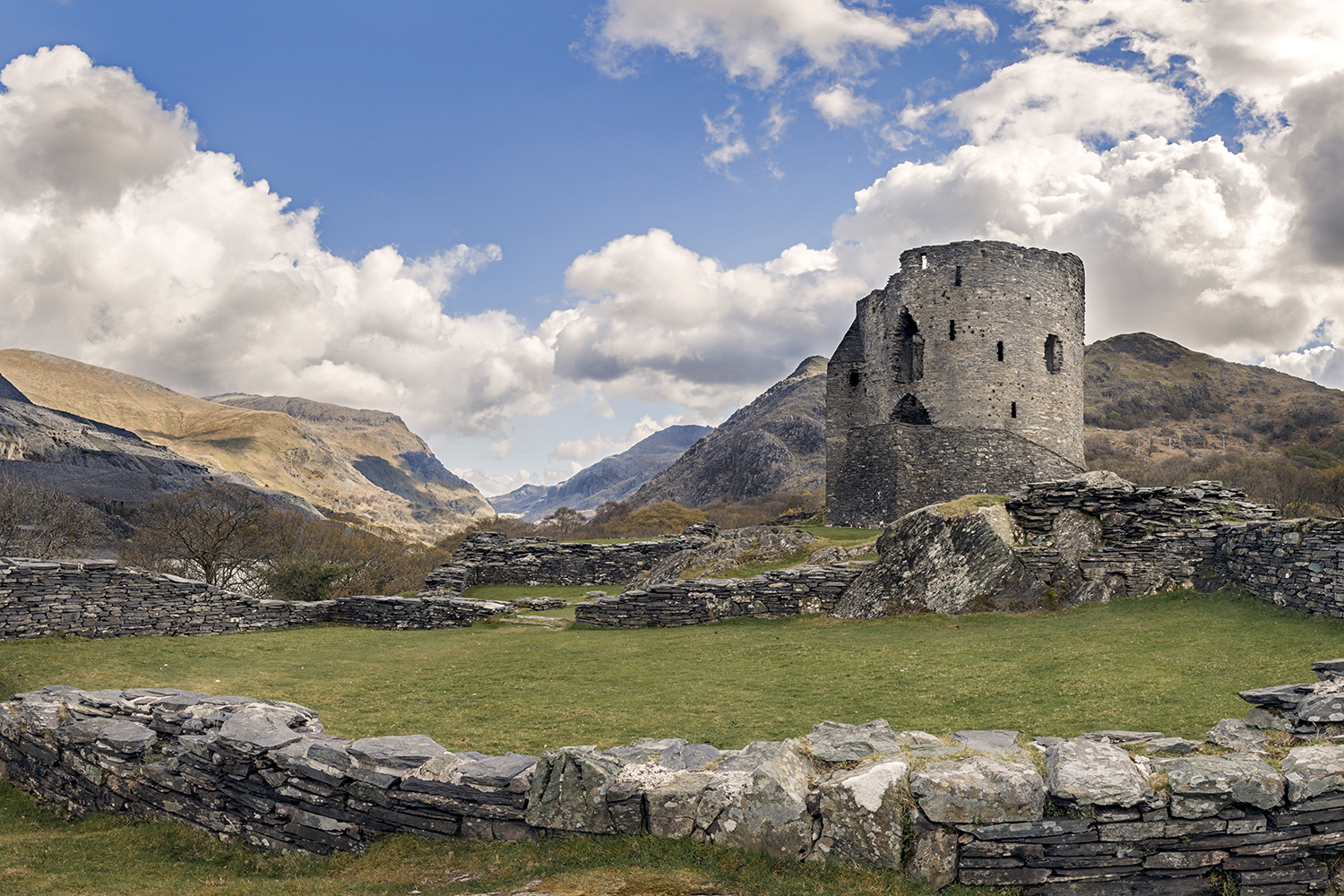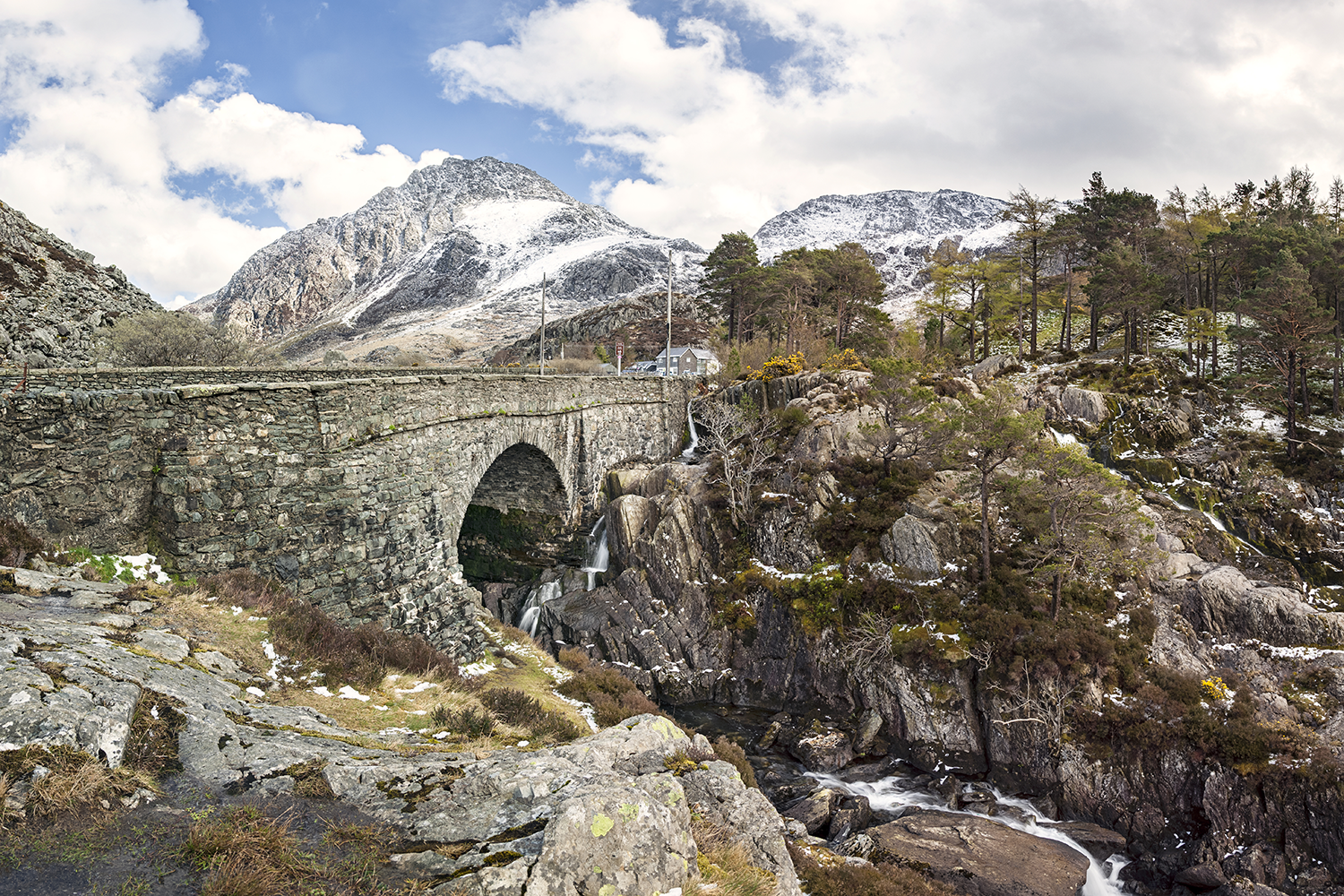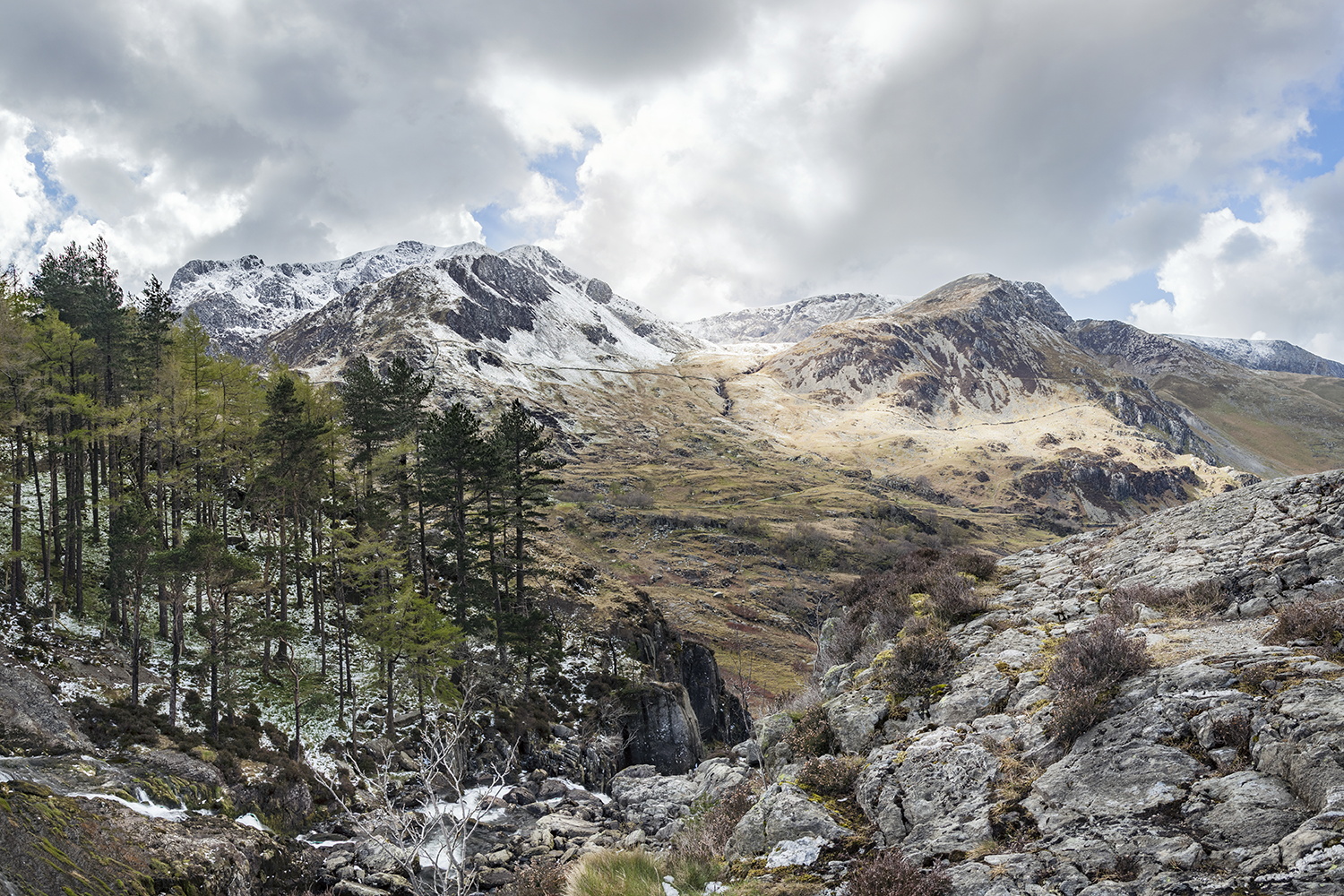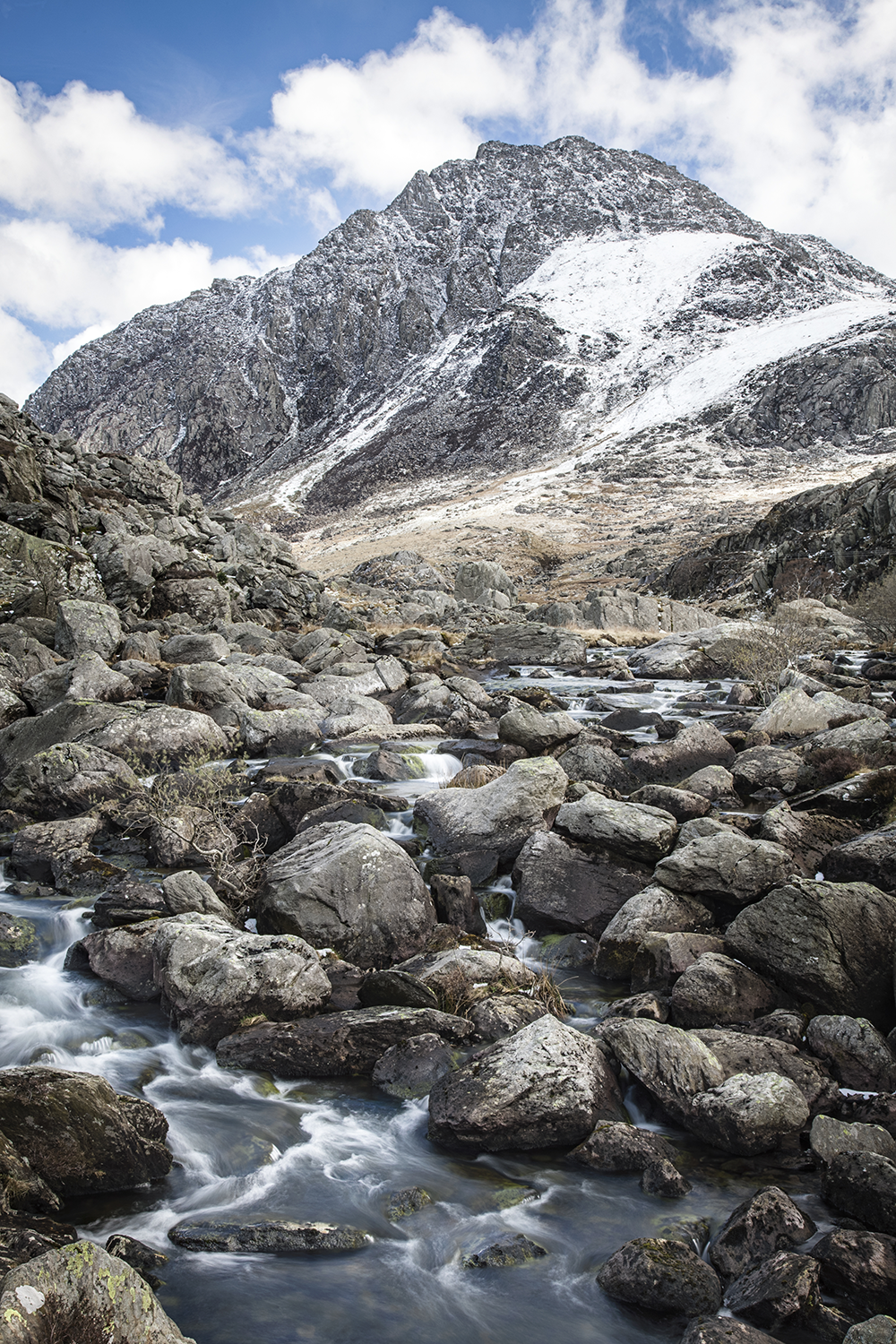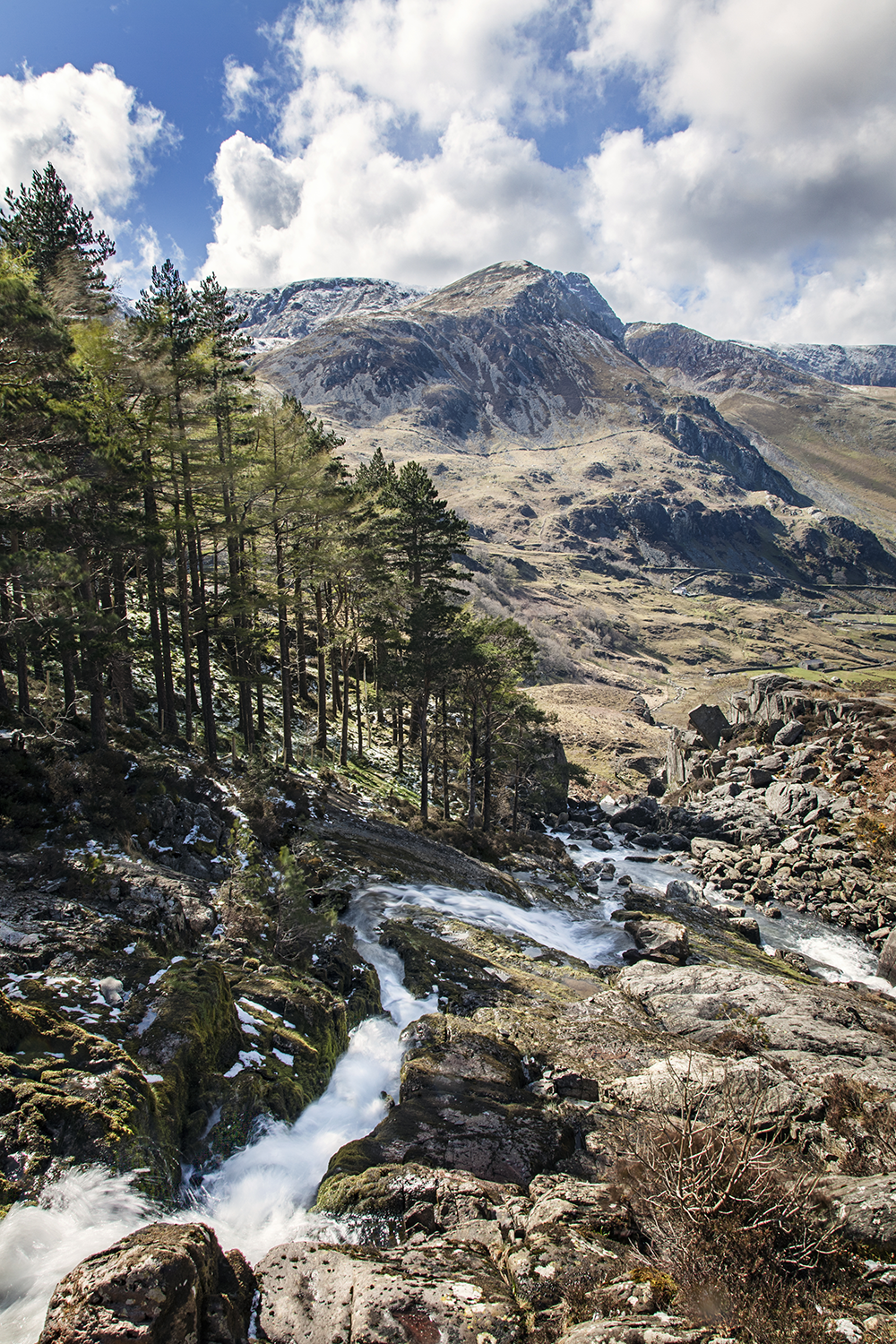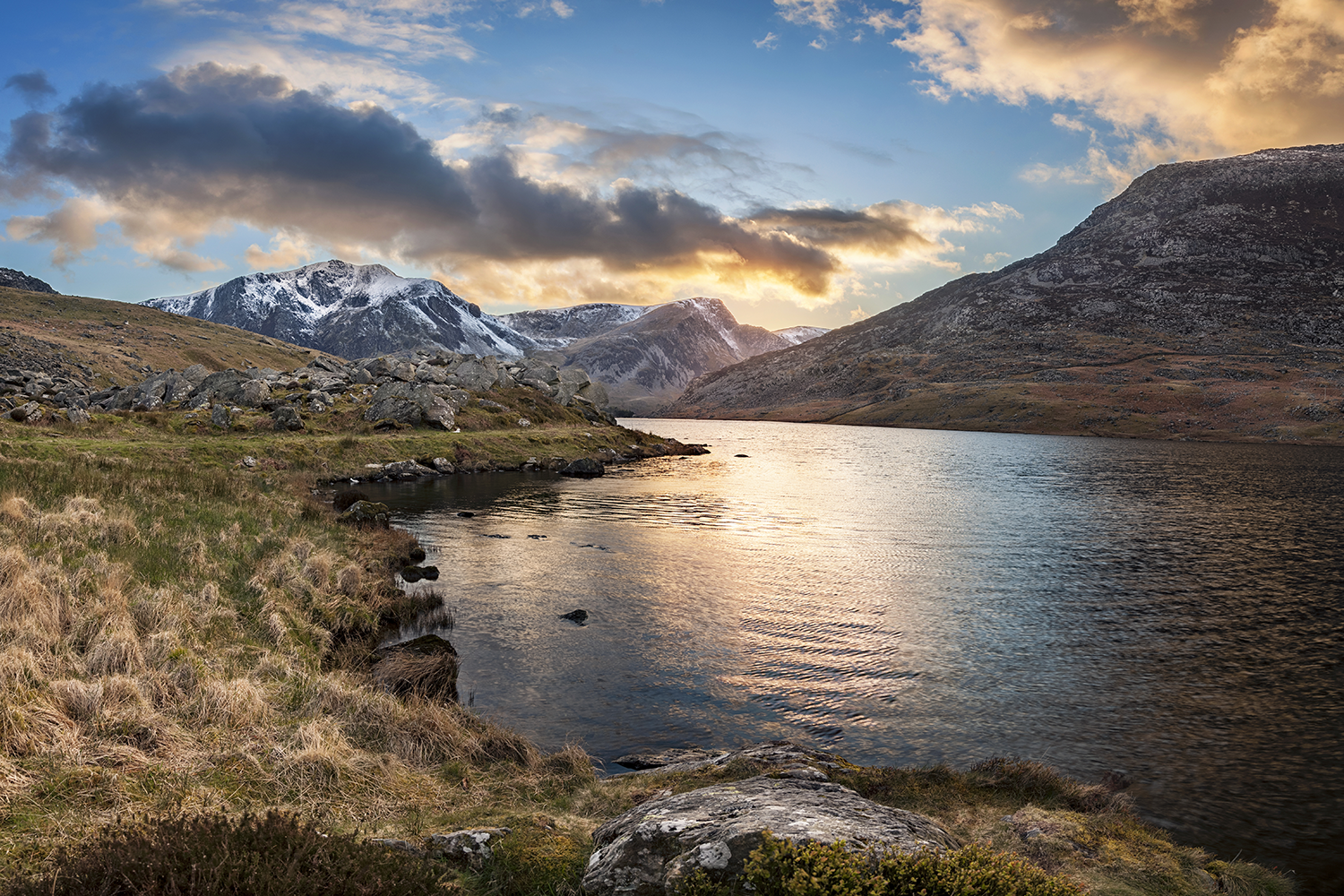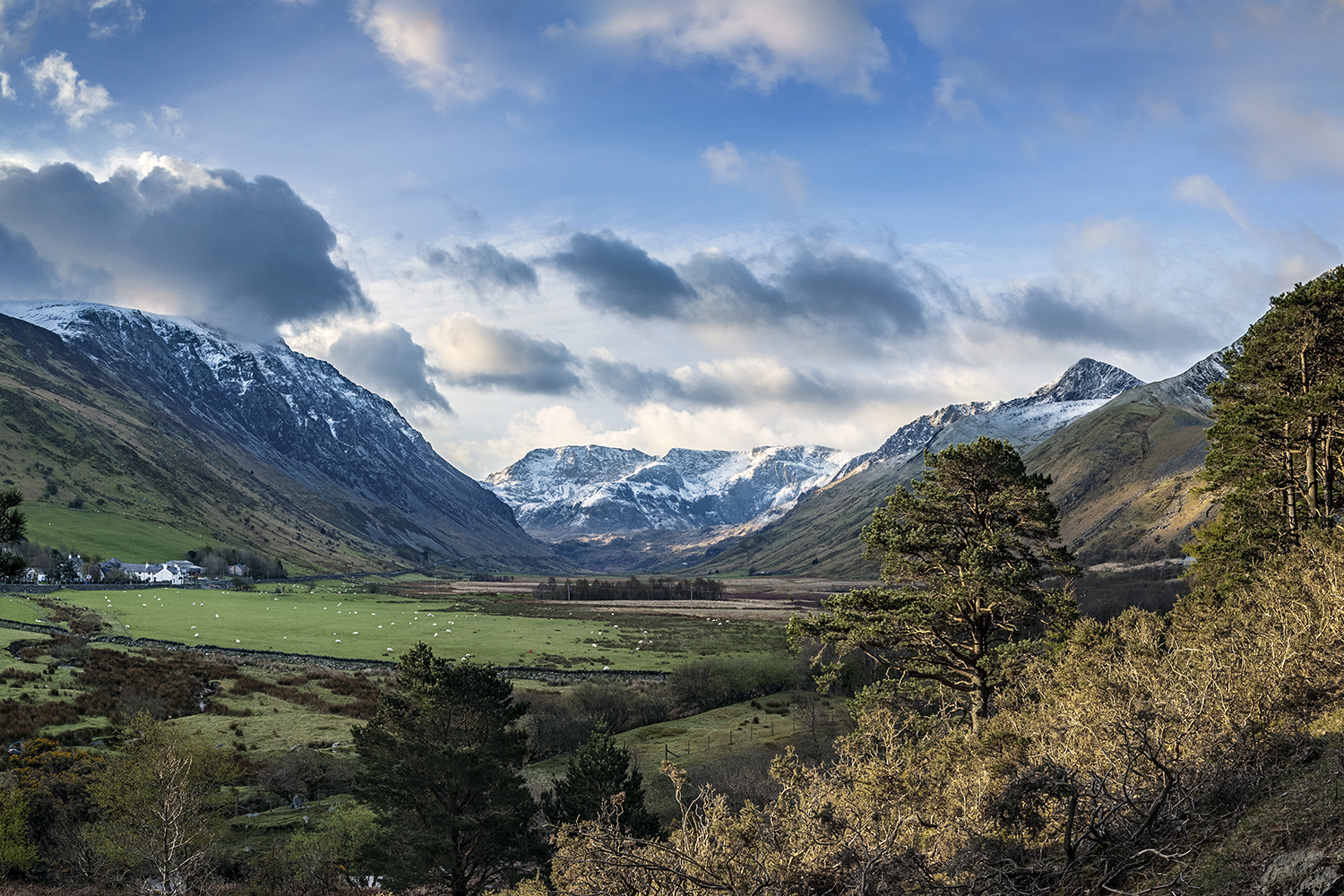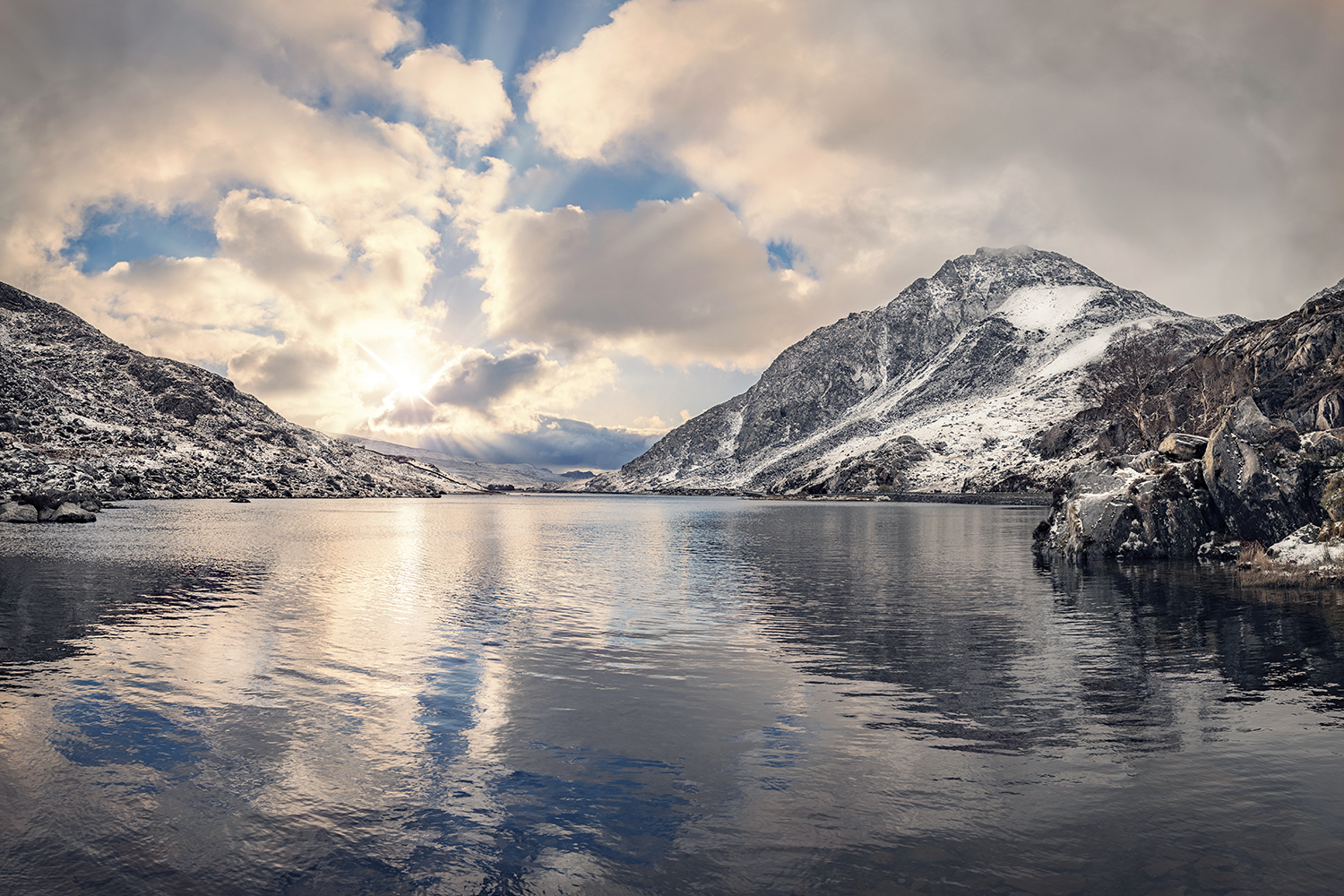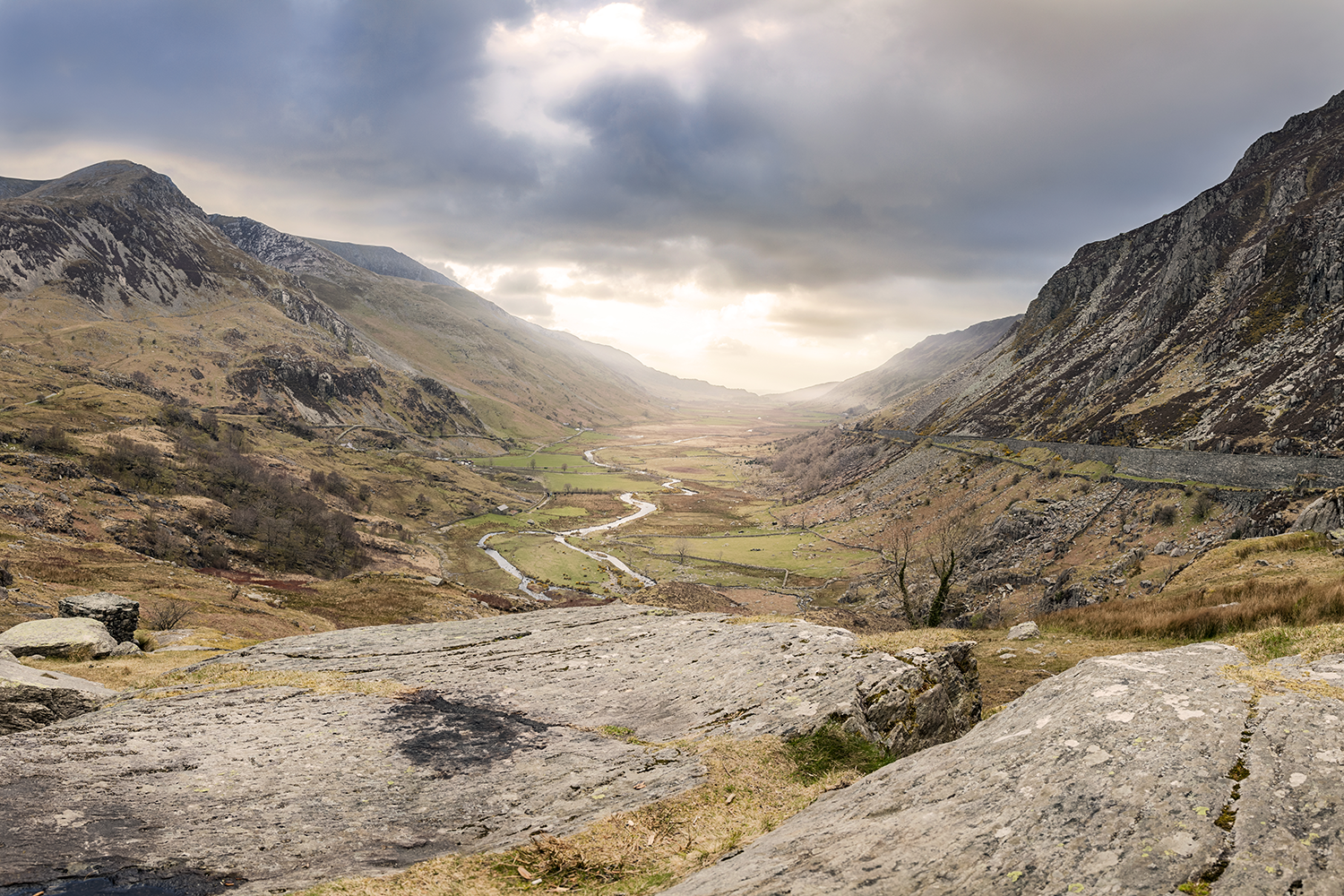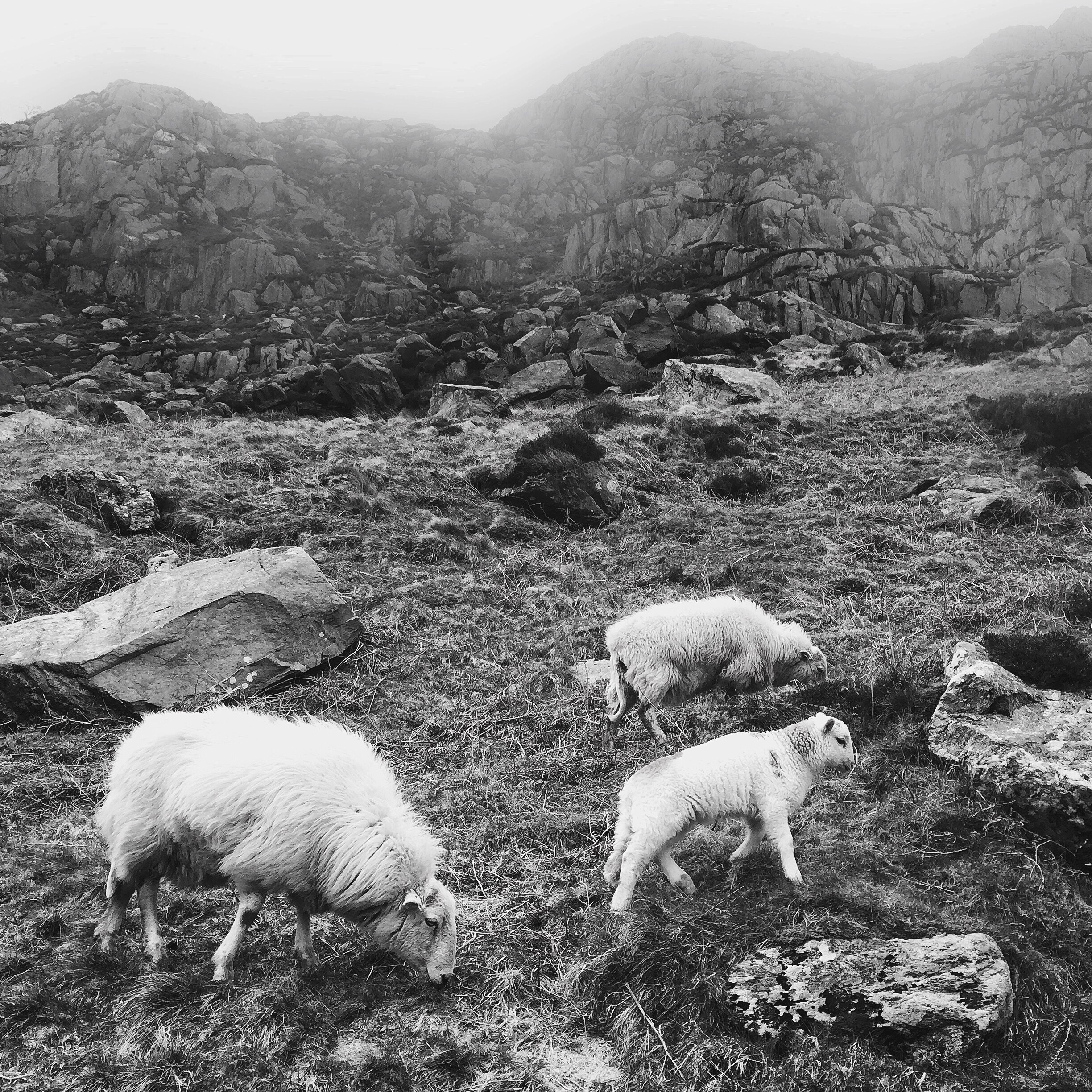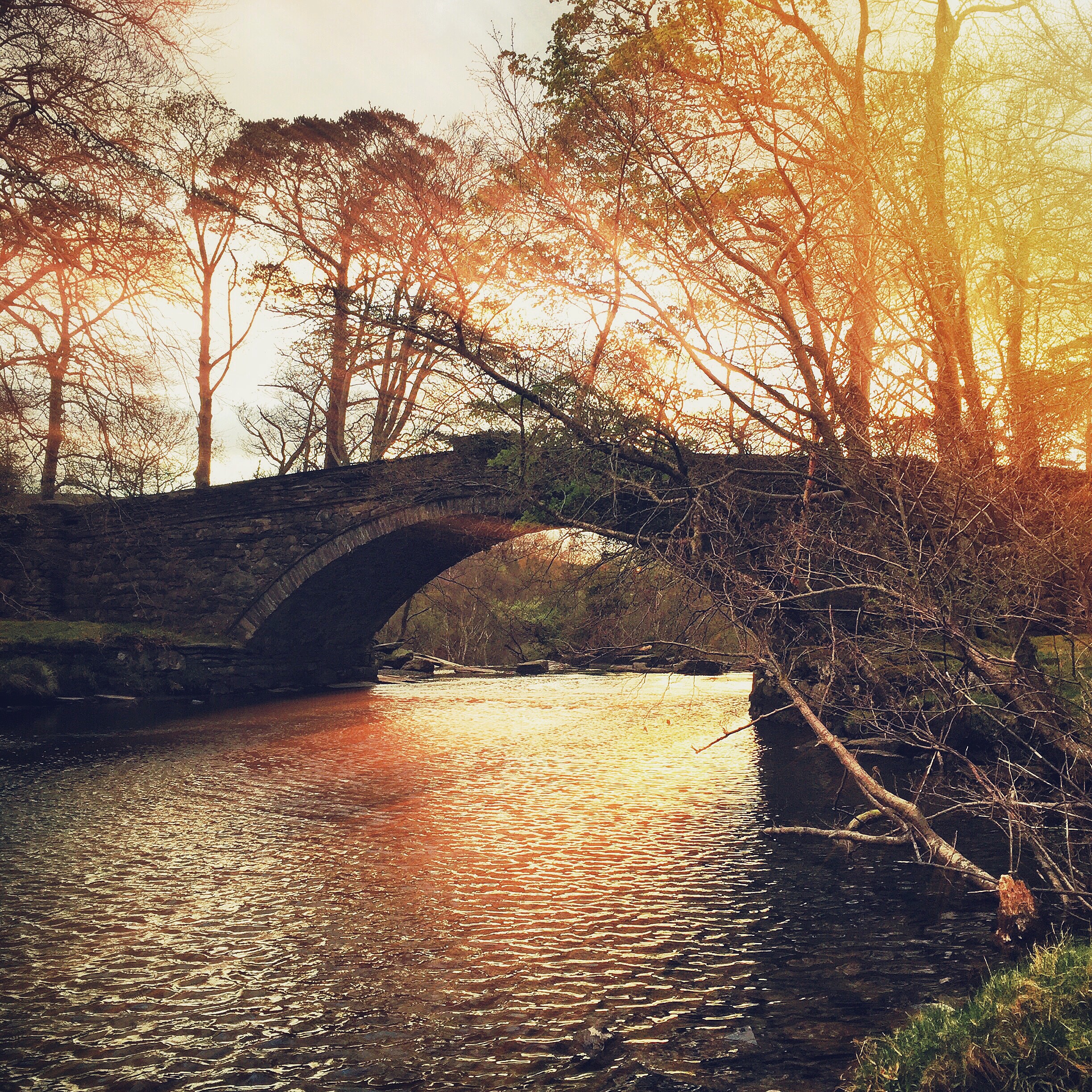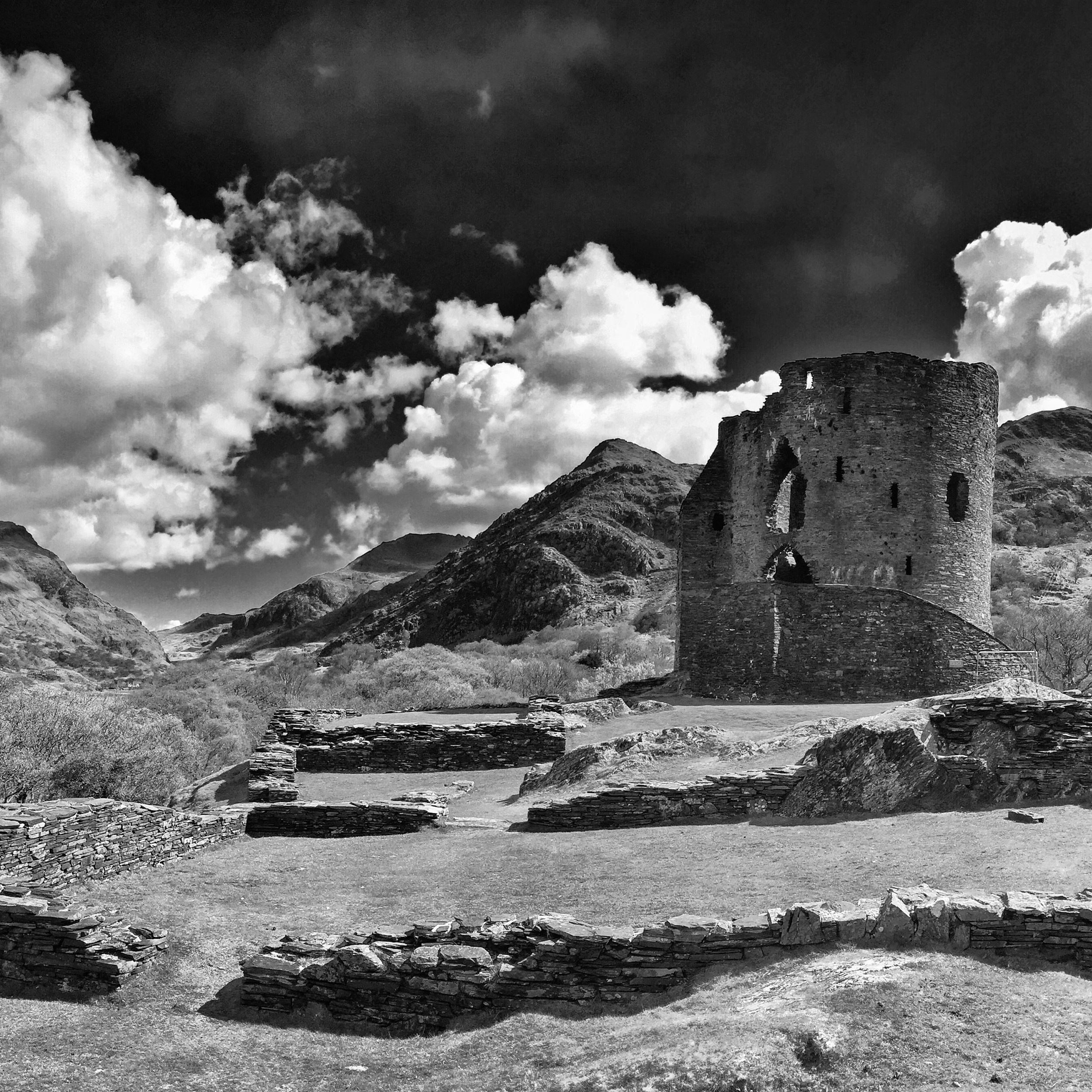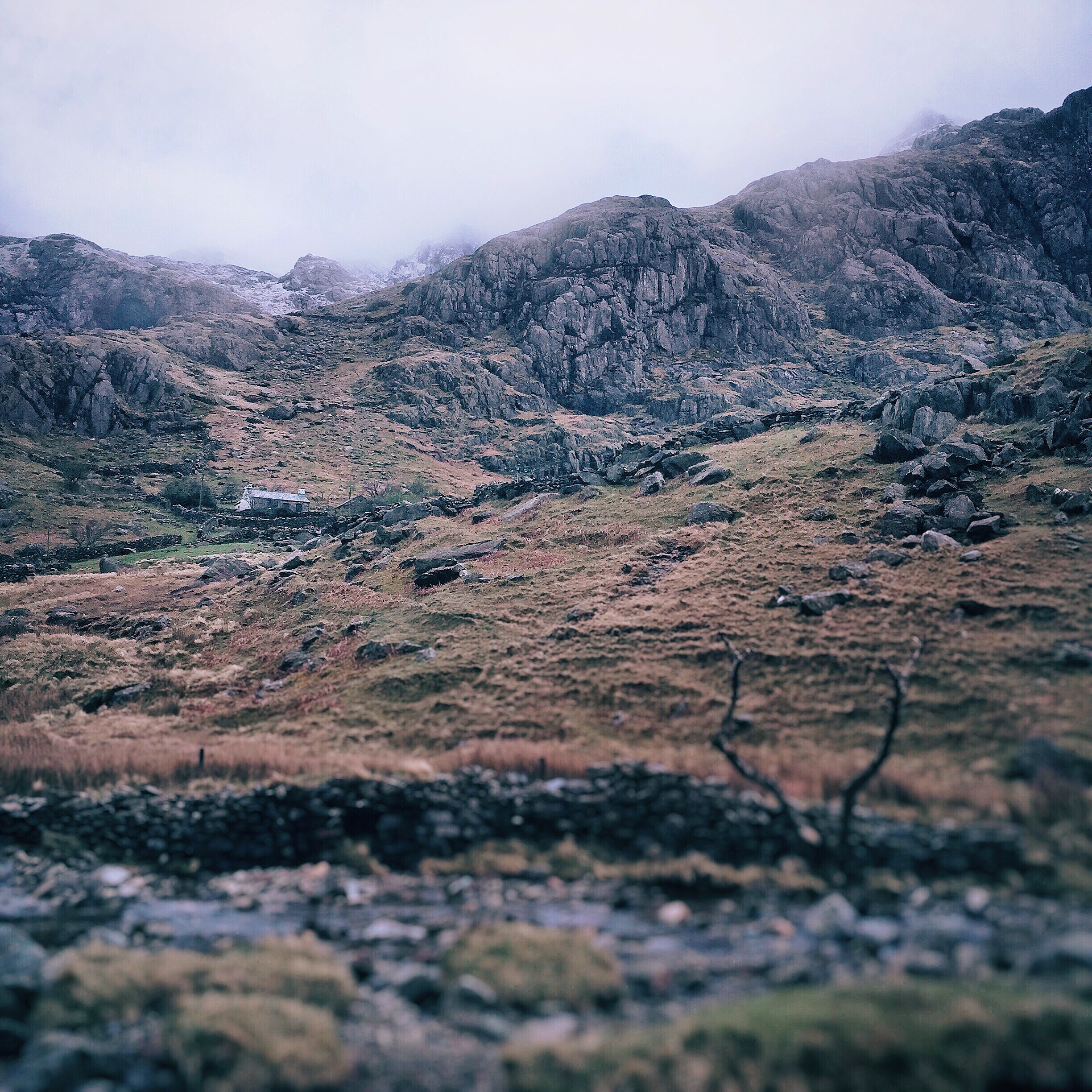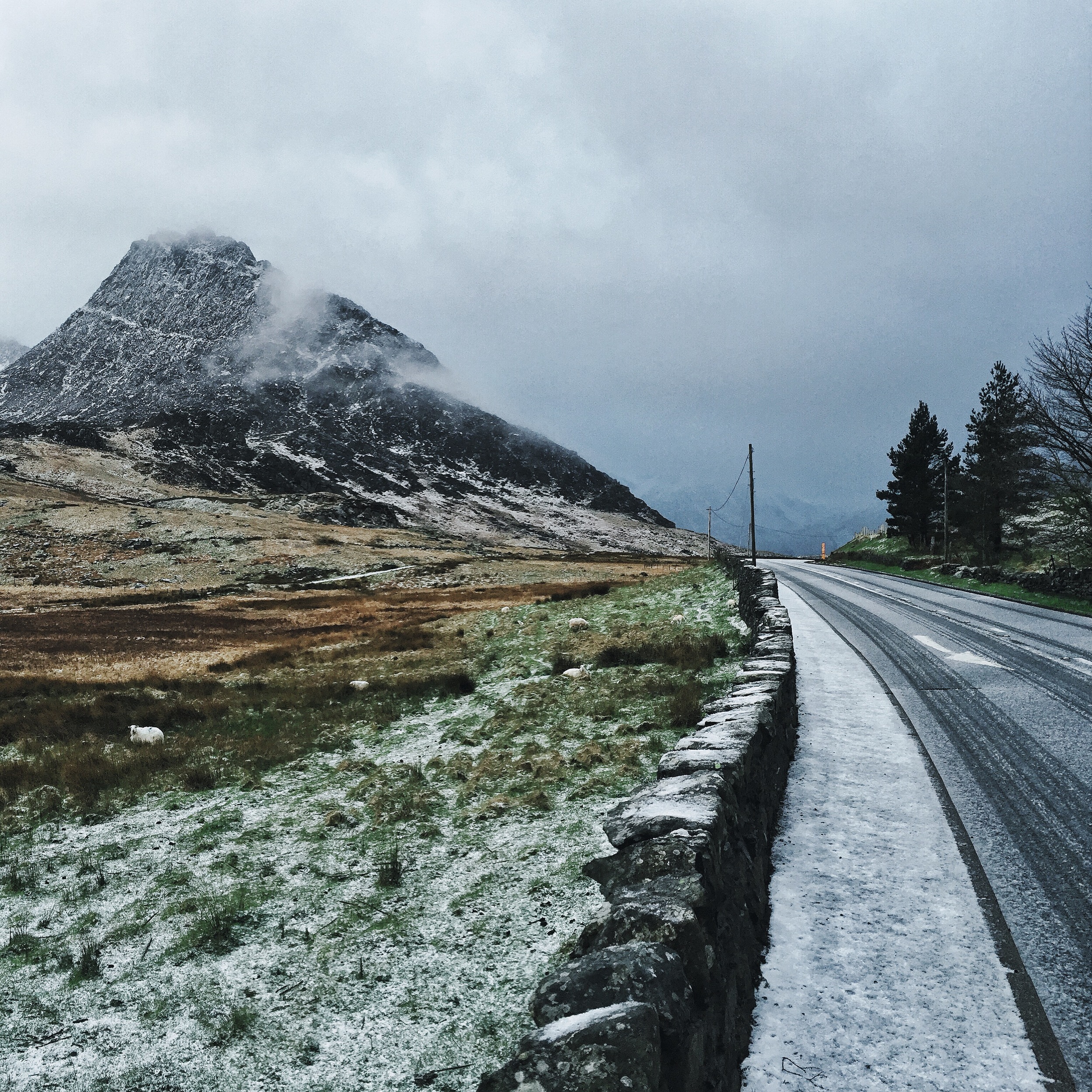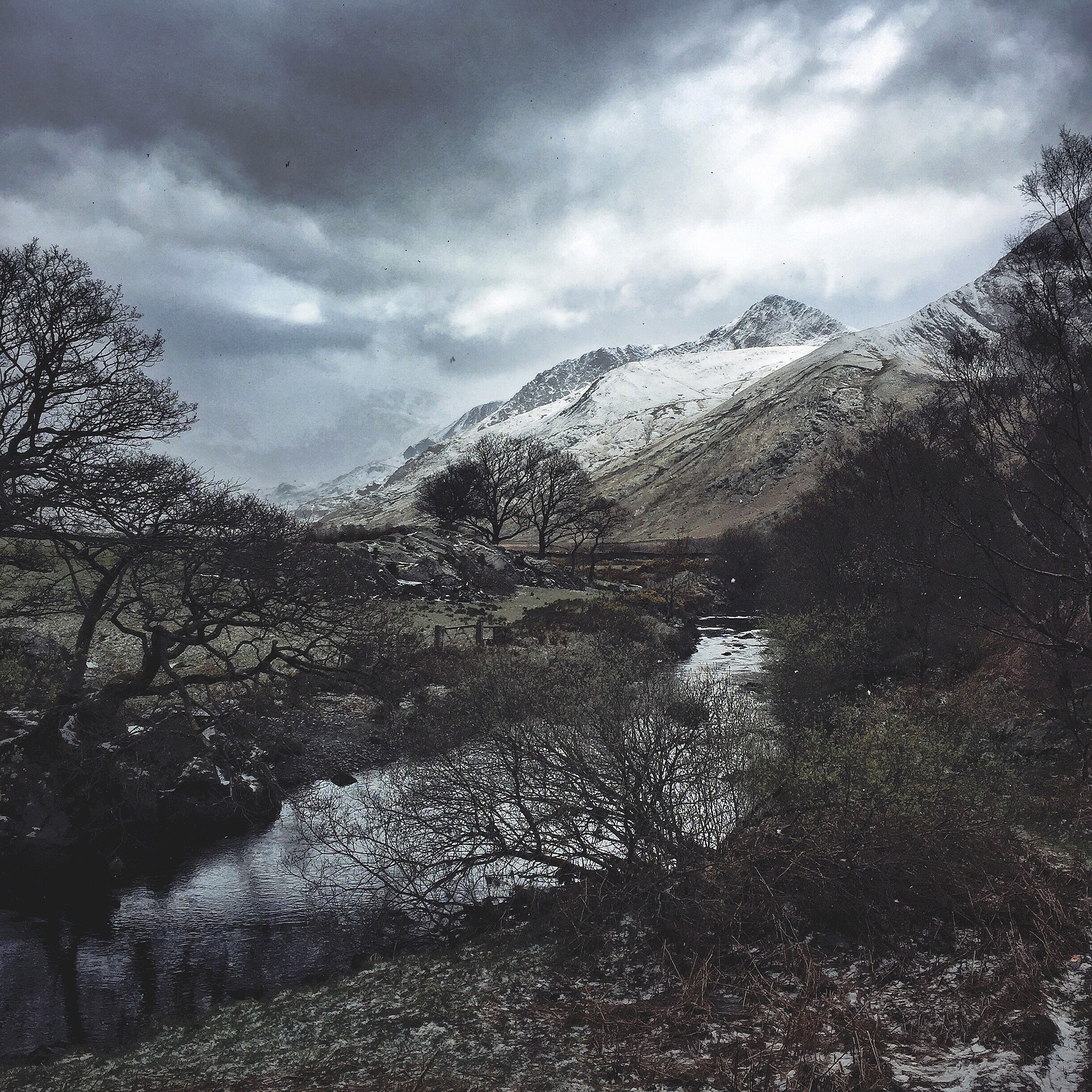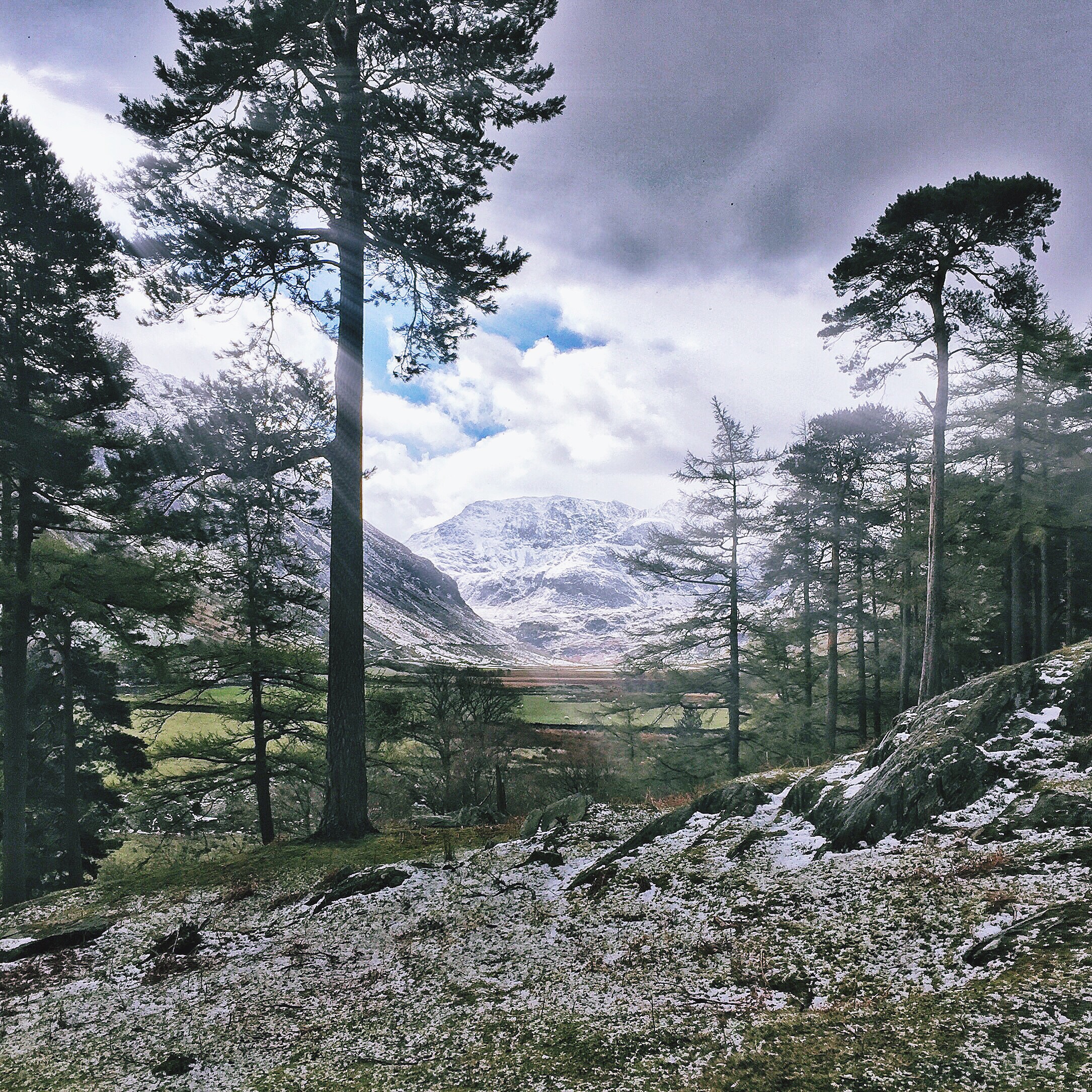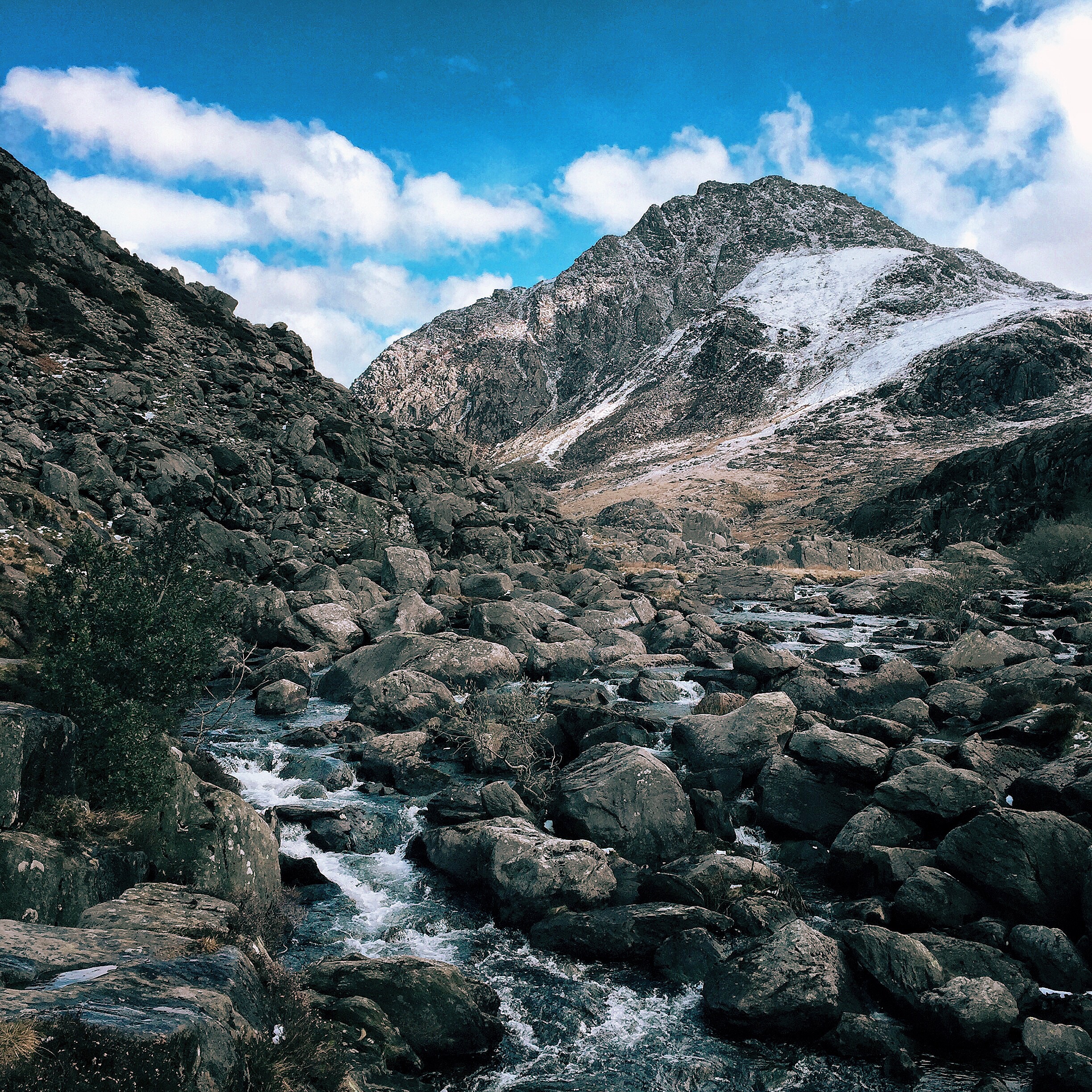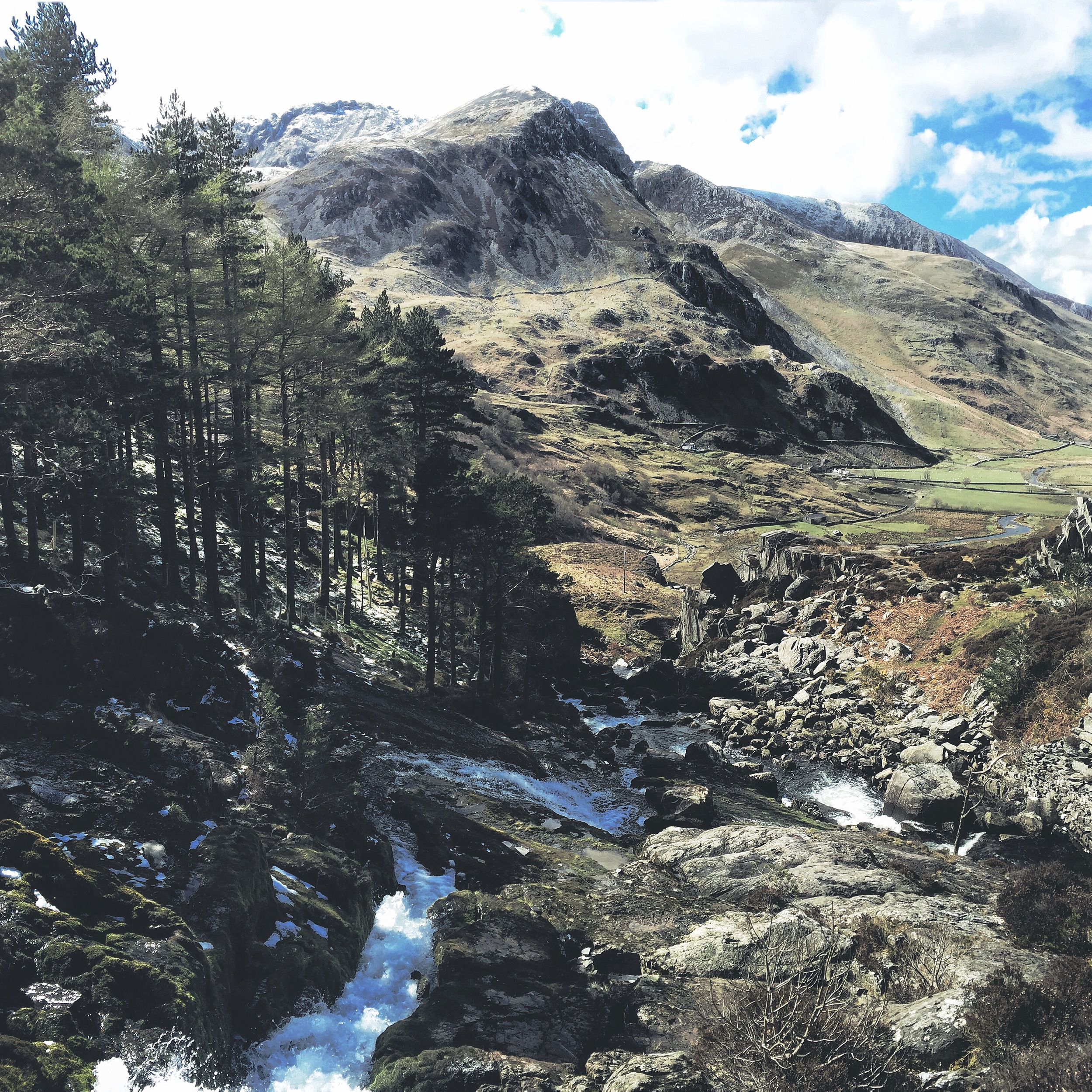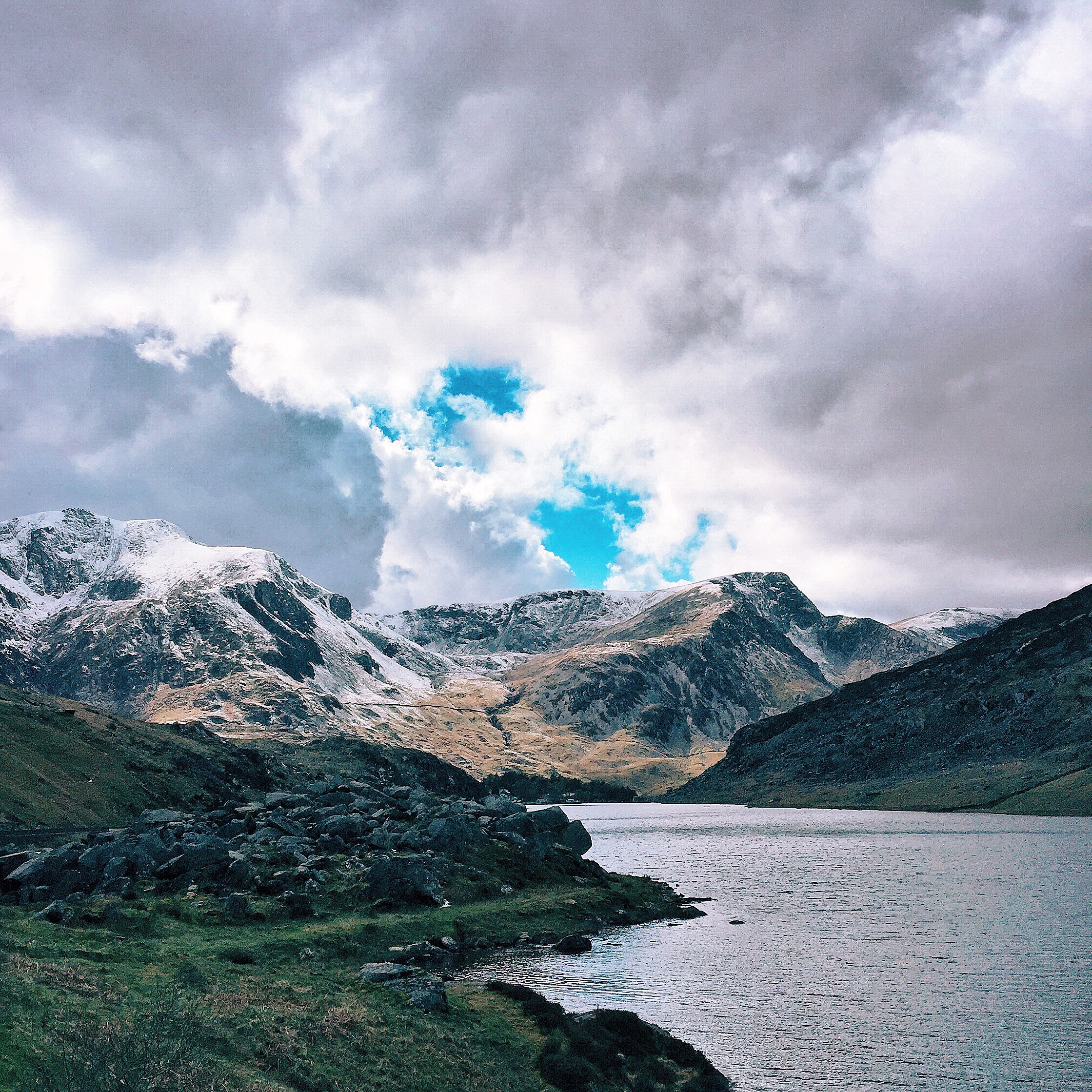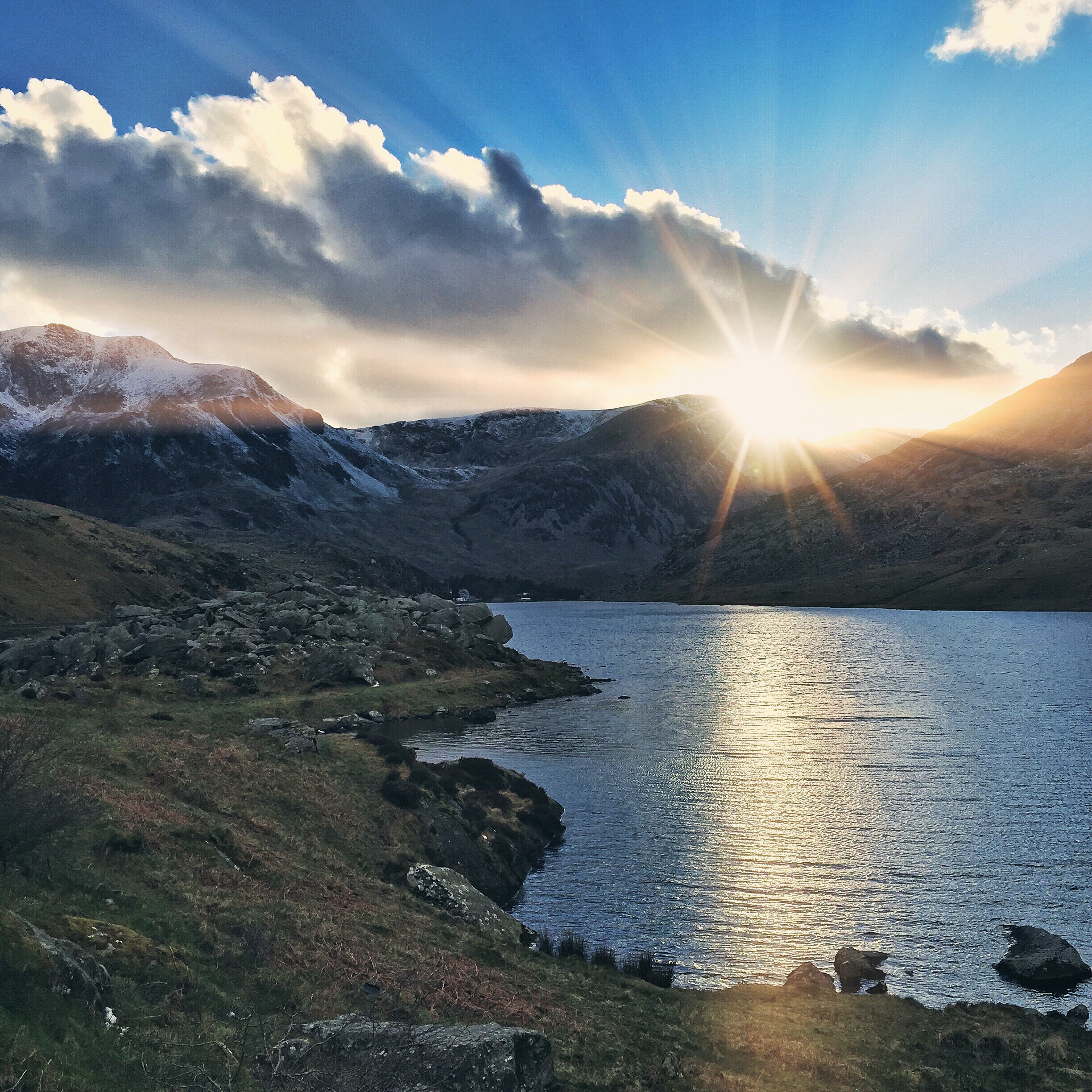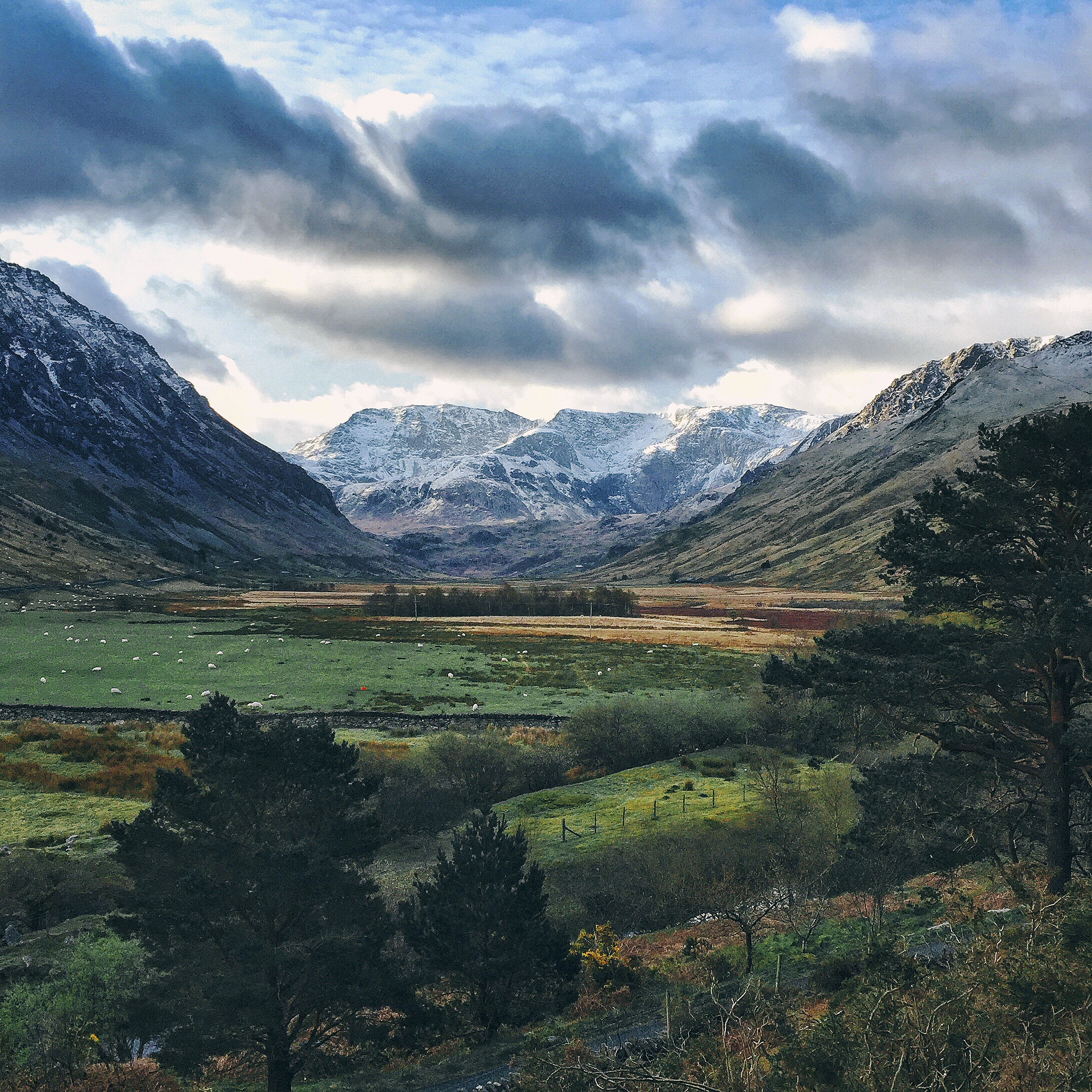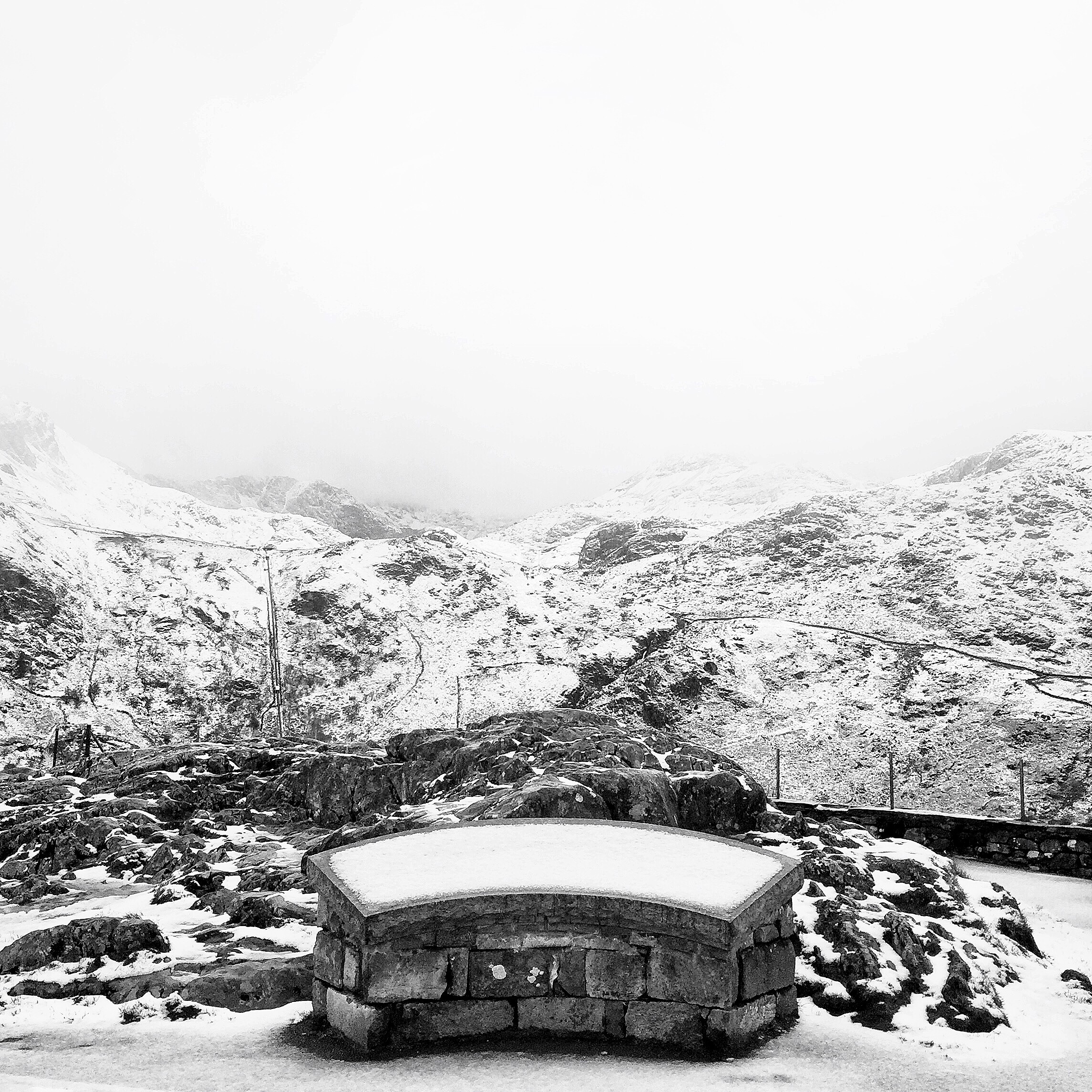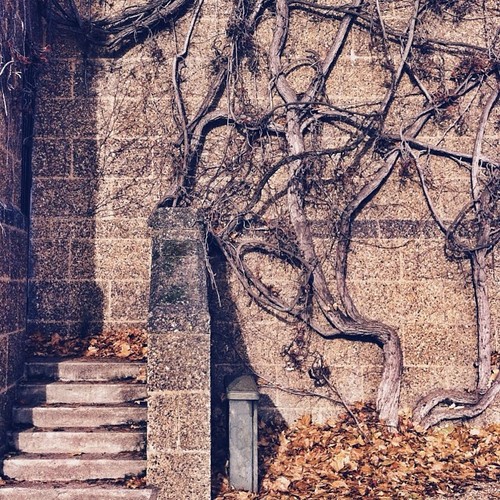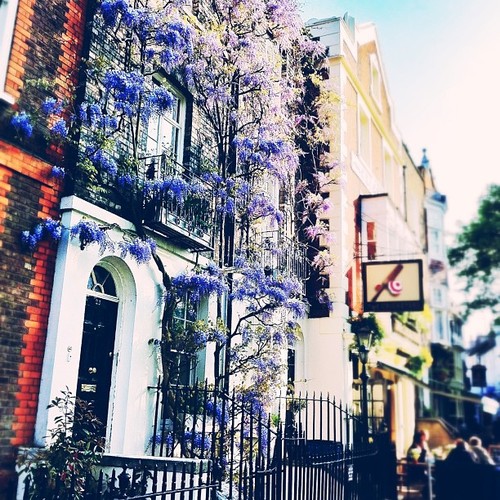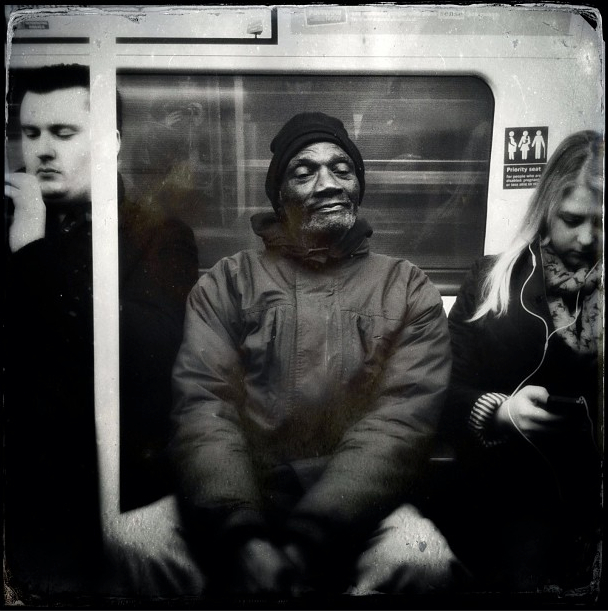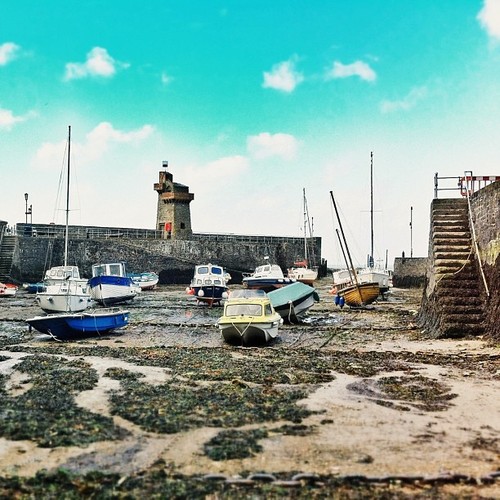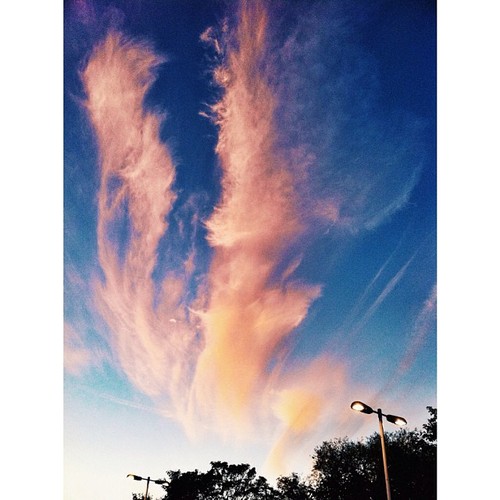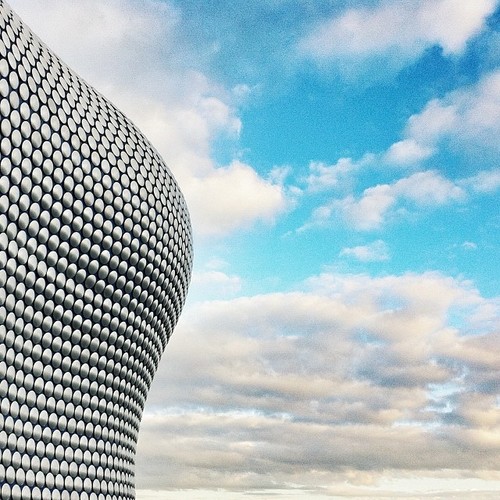I think I can be too rigid with my photography; too limited sometimes.
I can get stuck trying to make every photo ‘Portfolio-worthy’, or at least ‘Instagram-worthy’, and I think that robs me of the other things photography can, and should, be.
Don’t get me wrong, I am proud of images like these, but I also know that it takes hours of work and walking to find these situations and create images with enough visual punch and pop to go into my annual book or be sold as prints.
But what about photography’s ability to tell a story?
These images might tell ‘little stories’ in and of themselves, but they are often pretty abstract, and the subject is light and shadow itself with the human element often being incidental. I don’t look down on this sort of imagery. In fact it’s my bread and butter at the moment, but I do often think about shooting more photo stories.
If I’m very honest with myself I know the reluctance comes from the fact that if I head out to photograph a story, then I won’t have the control and space to create images like the stand-alone shots above, because you can’t rush them.
Shooting stories is something different. You’re not judging individual images any more. You are allowing the collection as a whole to tell you something.
Today I went for a short walk around my neighbourhood.
Any of you who freelance will know that if you work from home it’s really important to push yourself to get outside regularly to ward off the inevitable cabin fever which sets in.
On this occasion I noticed that people were throwing out their Christmas trees. In fact the streets were full of them. Hundreds of sad firs, spruce and pines lying discarded and dying on pavements, curbs and roadsides.
I’ve walked past this scene year after year, but for some reason this year it grabbed me differently. Who knows why familiar scenes suddenly take on a new shade? Maybe I was just more receptive to it. Maybe I’d done some growing up and learning since last time this season came around, but this year the whole thing struck me as ridiculous.
I live in a country that is complaining heavily, even marching and protesting about the destruction of the rain forests in the Amazon, all the while participating in a tradition where we cut down millions of trees every year, bring them into our homes for a couple of weeks and then literally throw them out on the street when it is deemed ‘unlucky’ to still have them around the house any more.
…and it made me sad.
So, because I always have a camera on me, I decided to pull out my trusty Ricoh GRIII and I gave myself the task of walking around for 30 minutes and trying to capture a sense of what I was seeing.
More specifically I decided to try and shoot a series of images which would have shown ‘last year’s me’, who happily ignored all this, what I was ignorantly walking past.
What I noticed immediately is that the images I was taking weren’t that good. They would never see the pages of my annual book, and I probably wouldn’t even post them to Instagram.
The light was flat.
The scenes were visually cluttered.
Not at all my usual style… but that wasn’t the point.
The point was to tell a story.
I think there is this tension between documentary photography and more fine art photography. The former is concerned with the narrative, while the latter is concerned with aesthtics.
Now admittedly some photographers do get lucky on occasion and manage to take an aesthetically stunning image while telling a story through a series of images (Salgado’s work comes to mind) but even those photographers know that the story comes first and those striking images come along, once in a blue moon, when they please… when the alchemy of the moment, the light and the composition strike while you are trying to get that narrative.
It didn’t happen to me on this occasion. There are no stand out images in this set, but as a collection I think they tell a story, which was the whole point of the challenge I gave myself.
For a control freak like me it was a good lesson to learn.
Sometimes photography shouldn’t be so rigid, and every shot shouldn’t (can’t) be a ‘banger’.
Sometimes it’s about heading out with a camera in hand into a situation which you want to show the world, and using your camera as a story-telling tool to document what you’re seeing.
Of course you will still be on the look out for a great shot, but you will also be looking to shoot more and collect scenes which in their aggregate tell the viewer a truth about the world.
So I guess my challenge would be, go out and tell us a story with your camera.
If you’re wandering around in your corner of the world and something presents itself to you, or you notice a reality with fresh eyes, grab your camera.
Shoot fast and loose.
Collect scenes.
Tell us a story.

